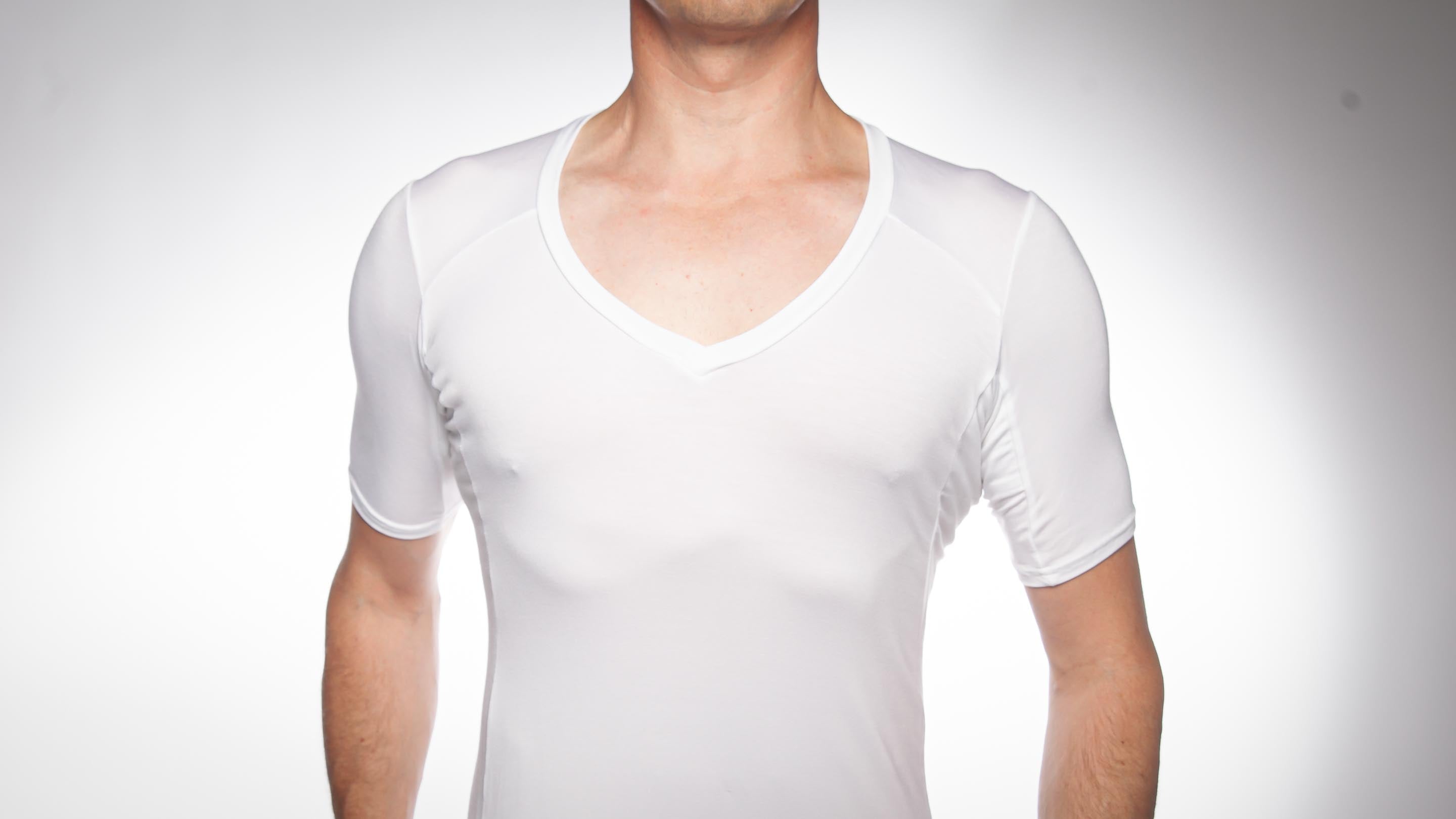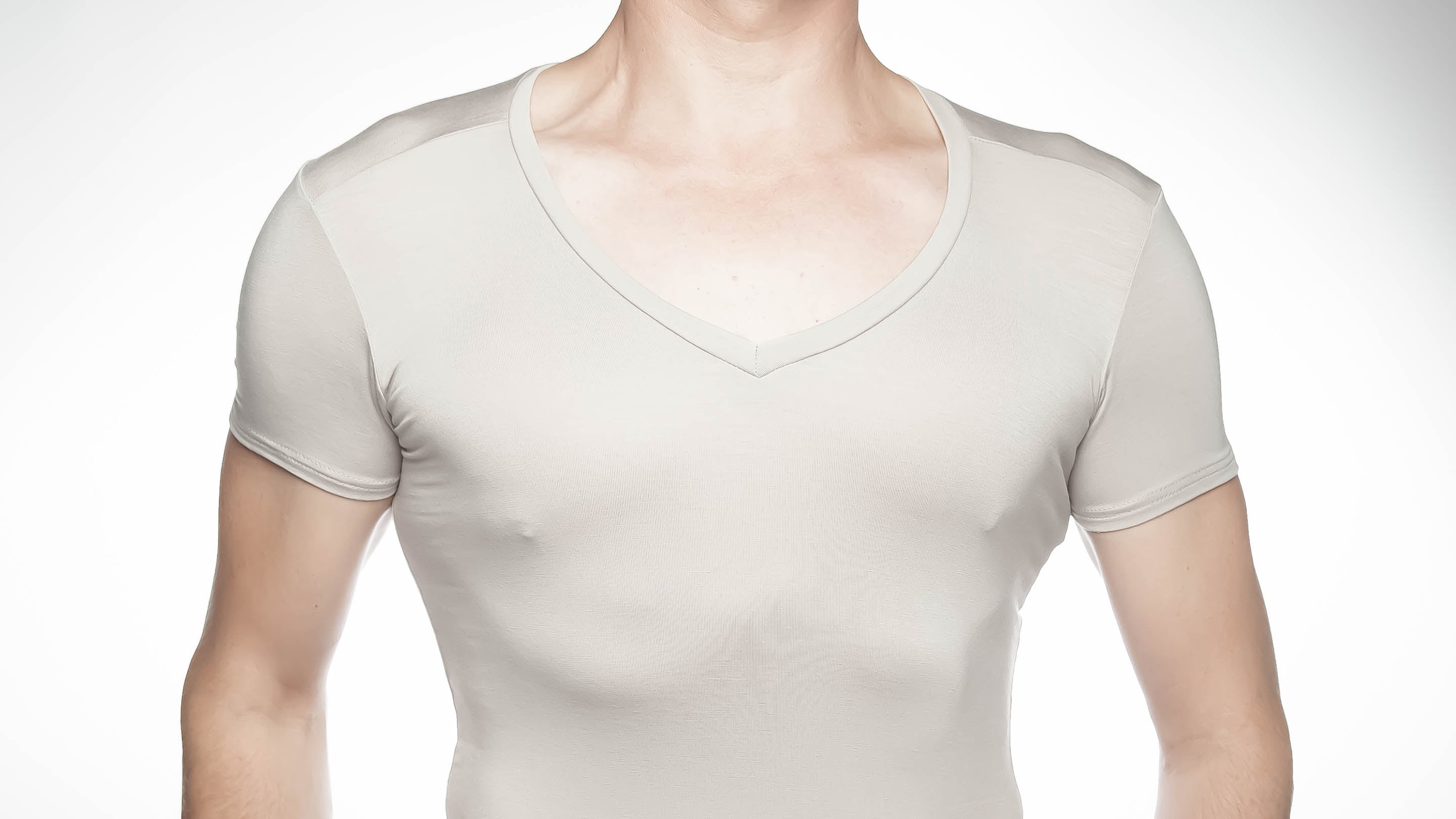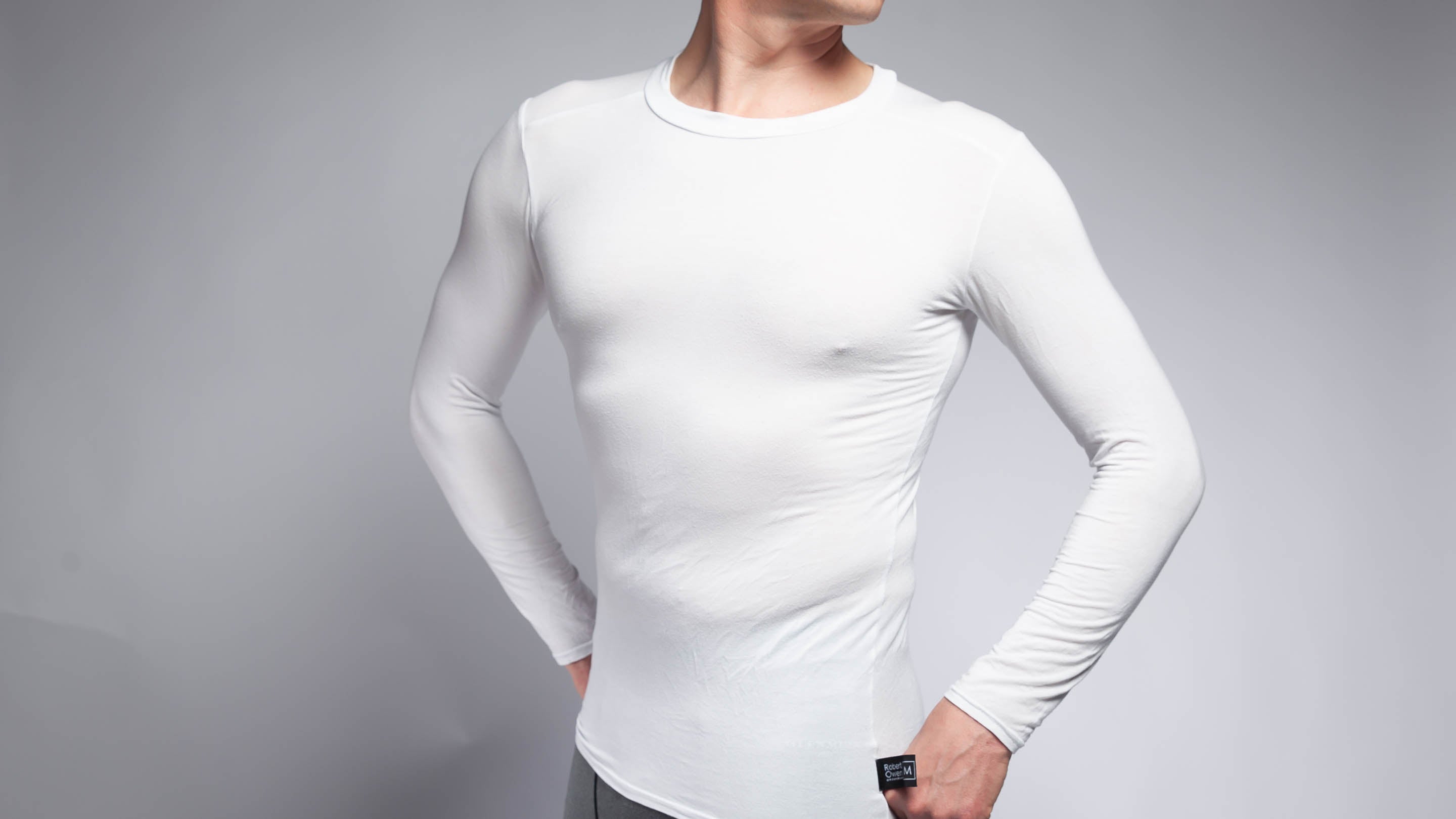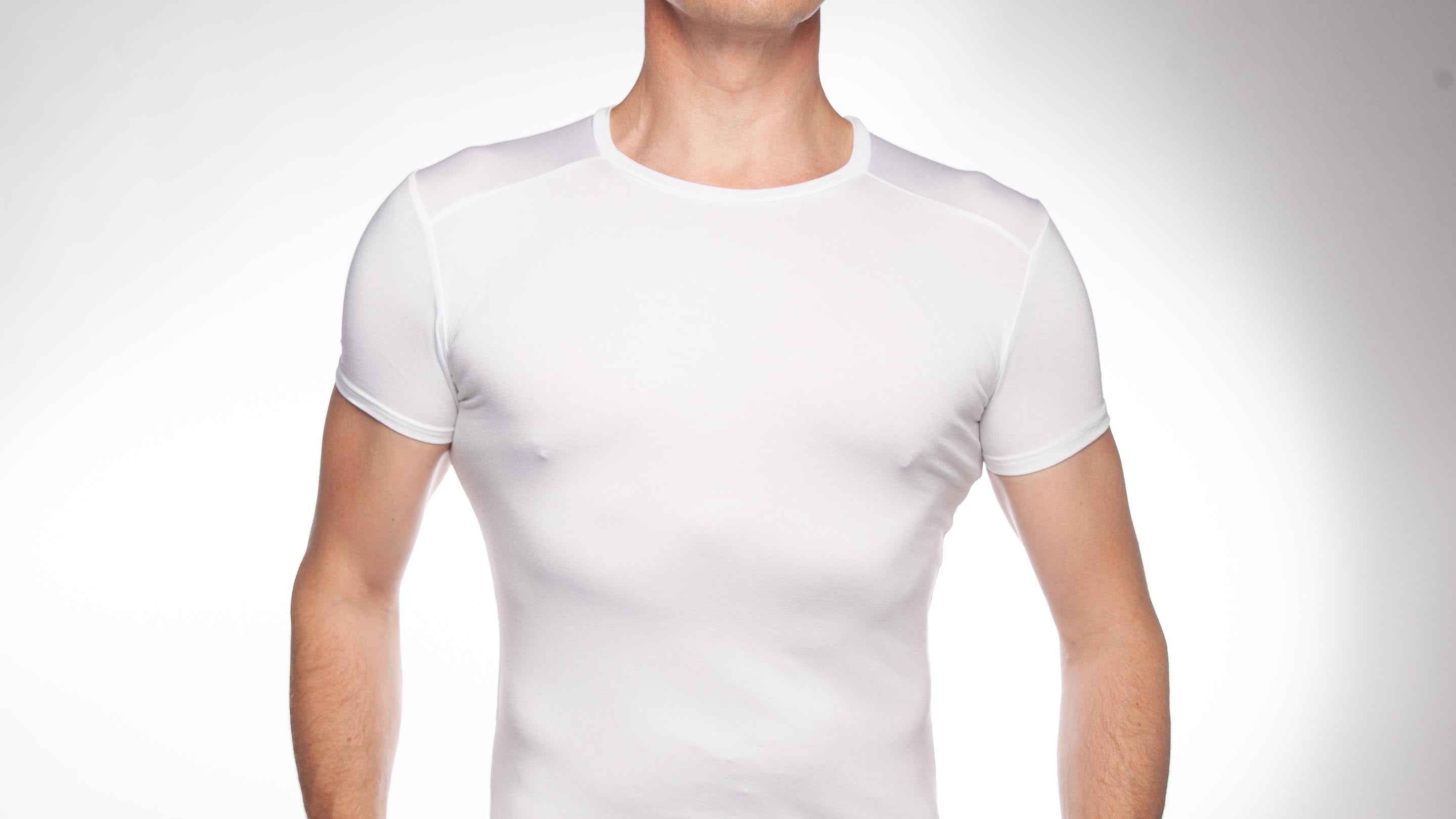What is the best undershirt?
The best undershirt is 'so much better than a vest'. It that fits you like a glove, feels heavenly on your skin and is never seen by anyone else. Undershirts, like all underwear, should be specifically designed to sit between your skin and your outerwear with maximum comfort and minimum fuss. Here are some features you should look out for when choosing the best men's undershirt for you.
Cellulose plant-based fabric, not synthetic
Viscose, micro modal, lyocell, Tencel® and cotton are all examples of fabrics which originate from plants. The main building block of these materials is cellulose, a compound which is hydrophilic (water-absorbing). That water-loving property means all of these fabrics are great for absorbing sweat and allowing water vapour to escape enabling your skin and body to "breath". Cellulose-based fabrics also don't build up static electricity, so your hair won't stand on end each time you peel off your undershirt. For all these reasons, viscose, micro modal, lyocell, Tencel® and cotton feel heavenly on the skin, and they are ideal for fabrics for underwear. At Robert Owen, we prefer viscose (made from bamboo) because it is softer than cotton and potentially anti-microbial give you a smoother fresher feel.
Contrast this to synthetic oil-based materials like polyester and nylon. These are hydrophobic, so they don't absorb water. They do make excellent wicking fabrics, but that's not what you want in an undershirt because it will wick your sweat straight on to your dress shirt - not good. Plus they suffer from static electricity build-up - which you don't want in your underwear. Lastly, synthetic fabrics have been shown to encourage microbial growth which could leave you with a pongy undershirt by the end of the day. Leave the synthetic fabrics to sportswear or the gym and keep your everyday undershirt plant-based for all-day freshness and comfort.
Close fitted, not baggy
The undershirt works best when it is in constant contact with your skin; some people even describe them as a second skin. There are two main reasons. First, it enables sweat to be absorbed directly into the undershirt before it forms a bigger droplet. That way, your sweat can be more easily dispersed and then evenly evaporated for the cooling effect needed in summer. Secondly, it prevents cold air from reaching your skin, insulating your body from drafts for a more even temperature in winter.
Stretchy, not stiff
Because your undershirt is close-fitted, it needs to stretch with your body and return to its original shape. That ability to stretch and then relax is how a modern undershirt stays tucked in all day. A stiff fabric would yank out of position every time you move. You'd notice it bunching up and wrinkling under your dress shirt - which is both annoying and unsightly. That's why you should never wear a cotton tee-shirt as an undershirt unless you want to spend your whole day tucking it back in again. Modern undershirts usually have at least 5% elastane (spandex) mixed into the main fabric to give them plenty of stretchability. Our undershirts can easily stretch up to 20% and return to normal shape.
Thin, not thick
There is a balance between the comfort of a sheer undershirt and it being thick enough to do its job of absorbing sweat and oil from the skin. Generally, it is more comfortable to go thin. Fabric density of between 125-175 grams per square meter is acceptable. The thinner the undershirt, the less you'll notice wearing it - which is as it should be - so go as thin as you can.
No labels on the skin
It is amazing how little thought is given to clothing labels and their effect on the skin. A beautiful garment, particularly underwear, can be ruined by a scratchy label. At Robert Owen, we fix the label on the outside of the undershirt just below the beltline. That keeps it away from your skin and hidden from view. It's a small detail that makes a big difference in how you feel when you wear your undershirt, and it's just the sort of feature about which we care deeply.
The right colour
The ideal colour for an undershirt is your skin tone. If you can match it the colour exactly to your skin, then you have a perfect nude undershirt. Some undershirt makers offer a range of skin tones, which is a great idea if you can get a match. The next best colour is heather grey because it more closely mimics the way light is reflected from the skin (any skin) than pure white. White is a traditional colour for sure, and every undershirt company offers white undershirts in their range, but it dates back to a time when underwear was boil washed. Grey is a better colour overall, even under a white dress shirt. Heather grey is used in particular because it has an element of purple in it which mimics the effect of red blood on skin tone.
That's six pointers on what we think makes the best undershirt. If you have more, please do share in the comments below.





